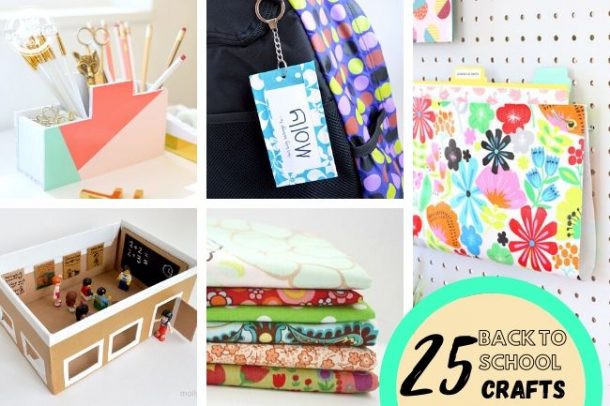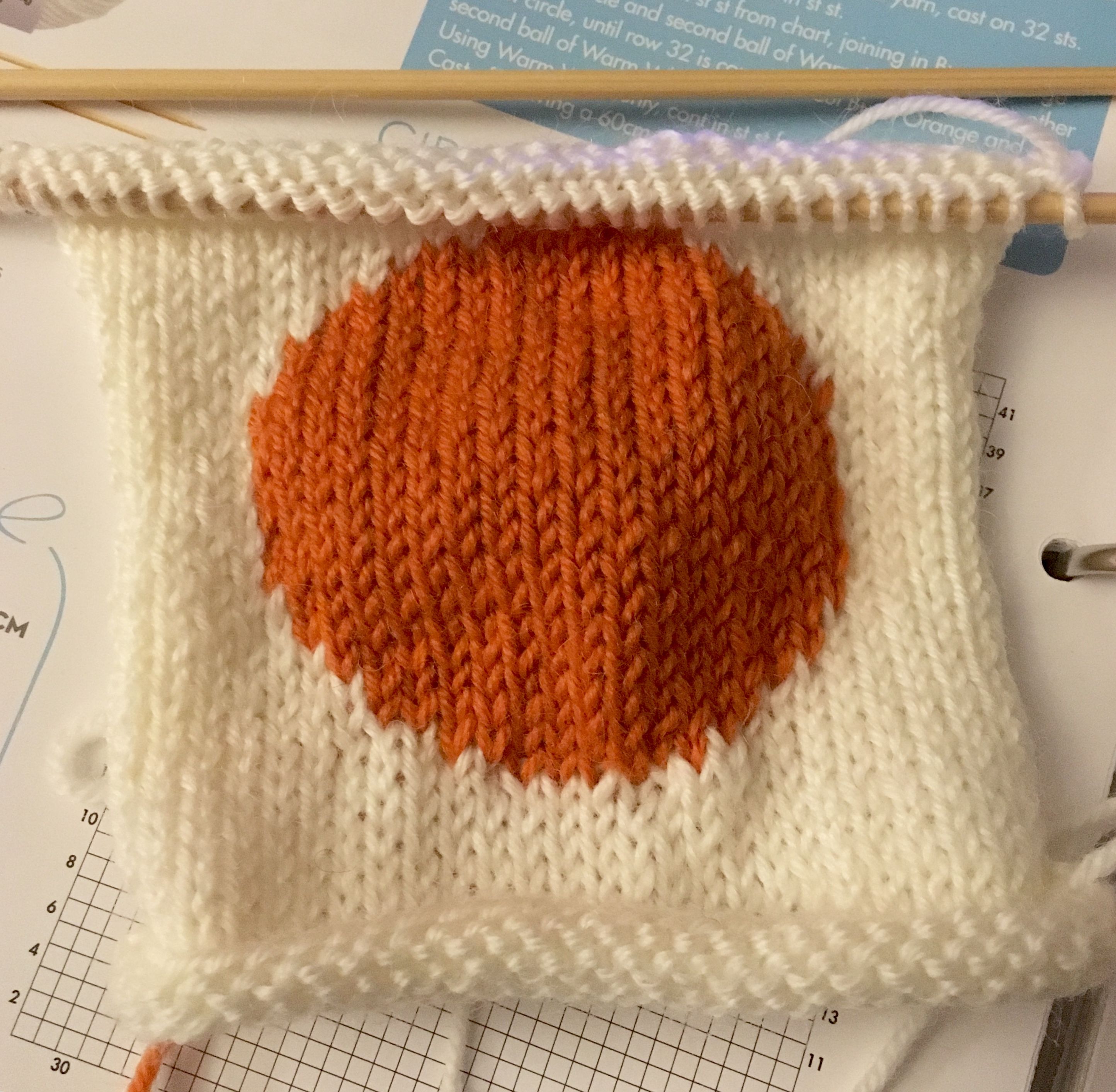
When learning how to knit a sweater, there are many things to consider. The knitter should consider the negative ease. This refers to the fabric that is bigger than the body's measurements. A garment with positive ease will fit the wearer perfectly. It should also be comfortable to wear. There are many different types of knit: open lacy, cable, and denser.
Ribbed top
Ribbed hems are great, but there are some things to keep in mind when knitting one. If you are knitting a sweater round, it is important to stop working on the front stitches once you have reached the desired split point. This will ensure that your hem is as long and as you desire. If you're working in stockinette, you'll want to knit your hem flat, so that you don't end up with a curm.
The problem with a knitted sweater's edge is its tendency to curl. This problem can be fixed with a few simple steps. First, you can try a provisional Cast-On, which is slightly easier than a conventional cast-on.

Open lacy knit
Open Lacy Knit Sweater - A stylish, affordable sweater that will not break the bank. This knit sweater is lightweight and comfortable. It will keep you warm, even in the coldest months of winter. This sweater is perfect for both men & women. You can choose from a range of colors, including red, blue, white, or black, and create the perfect look for yourself.
Cable knit
Cable knit sweaters have a long tradition and are a timeless style that will never go out of fashion. This style was popularized in 19th century Celtic fishing villages and has been used in numerous designs in various materials. This timeless cabled pattern has been adapted by many modern brands to fit their designs.
There are many options for knitting cables. Each method has their advantages and disadvantages. Cable knitting produces a more dense and less flexible fabric with a narrow gauge. You must keep the gauge in mind when you convert a cabled knitting pattern to another knitted material. A larger gauge will cause the second knitted fabric to flare out. Also, a cabled sweater may not contract around the waist and wrists, so the stitching pattern may need to be adjusted to maintain the gauge.
Striped knit
Striped knits have been a wardrobe staple for decades. For a fashionable statement, go for a sweater in a striped design. Although stripes are a classic pattern for winter garments you can make your own by using different types and colors of yarn. For example, you could use two colors in the striped band and one for the main part.

This knit sweater features a simple stripe design that makes it warm and cozy. It's suitable for intermediate knitters. The pattern has knit, purl (K2tog), M1 and K2tog stitches. Learn how to decrease. The sweater pattern can be read easily and understood.
FAQ
What are educational hobbies?
An educational hobby is an activity where you learn something by doing it. It could be anything from playing sports to learning how to play an instrument.
You should have fun with it. You don’t have to do it constantly, but you should consider what other activities you could be engaging in instead.
You should also make sure that you are not spending too much money on these activities. It could end up costing your more than it's worth.
Can I make a living from my hobby and earn money?
Many hobbies can help you make extra money.
If your hobby is a passion, you may be able to sell related items.
If you are a stamp collector, you might want to start a website that sells rare stamps.
You can also make extra income by selling and buying stamps.
Another option is to start a YouTube channel in which you discuss your hobby.
This allows you to share your passion with others and potentially generate additional revenue by offering premium content.
How do you get started with your new hobby or interest?
To start a new hobby, you must first decide what type of activity you would like to do.
Once you have decided on your subject, passion is the key.
It is crucial to know why you want to pursue a hobby. This will help you find direction and a purpose.
Once you've chosen the hobby you would like to pursue you can start planning.
Think about the equipment that will be needed.
Consider whether classes or seminars are necessary.
Make sure you have enough space for your hobby.
You might also consider joining a club. These groups usually offer support and advice.
Consider how much money you would have to spend on your hobby.
What are some enjoyable hobbies for seniors
Senior citizens should find activities they love to do. Senior citizens should be active and participate in other activities.
They may be interested in joining clubs to find people with similar interests. They will feel less lonely as their age.
Seniors must also be on the cutting edge of new trends. For example, they could follow fashion, art, music, literature, politics, etc.
Statistics
- Studies show that just six minutes of reading can reduce stress levels by 60 percent. (oberlo.com)
- 37% Video Games 36% Travel 36% Health and Fitness (quizexpo.com)
- The intensity of the dialogue partners' bond at the end of the forty-five-minute vulnerability interaction was rated as closer than the closest relationship in the lives of 30 percent of similar students. (time.com)
- Almost 80% of people claim to have no hobby. (hobbylark.com)
- I am 100% biologically a woman (discover.hubpages.com)
External Links
How To
How to Start Gardening
Gardening is one the oldest forms. It takes patience, persistence, determination, and perseverance. First, choose a place where you would like to grow food. This could be a large plot of land or even just a small area in your backyard. Next, you will need to decide which type of plants are best for you. Do you prefer flowers over vegetables? Some people are passionate about growing herbs, while others like raising livestock like rabbits. Before you decide on what type of crops to plant you need to take into consideration how much space you have. If you live in a climate that experiences cold winters, then you might decide to grow fruits or berries as they do well in colder climates.
After choosing what you want to plant you need to prepare your soil. Your plants' success or failure will depend on the soil they are placed in. Good quality soil contains organic matter that helps feed your plants' roots. Organic matter can include leaves, twigs and grass clippings as well as manure and compost. Once you have prepared your soil, you need to add nutrients. Depending on the type of plants you plan to grow, you may need different amounts of nitrogen, phosphorus, potassium, calcium, magnesium, boron, zinc, copper, manganese, iron, molybdenum, chlorine, sulfur, sodium, and so on. To determine these values, you can use a fertilizer calculator online. There are many fertilizers available so be sure to know what you are purchasing.
After preparing your soil and adding the proper nutrients, you now need to wait until your seeds germinate. This process usually takes anywhere from 2 weeks to 3 months, depending on the weather and the temperature in your area. After seeds have sprouted, water them every day. Problems can arise if you water your plants too frequently or too little. Overwatering can cause problems. Overwatering your plants can lead to root disease and fungal infections. Remember that plants need less water in the summer than they do in the winter. You should also remember that some plants will need to dry out once they have been watered. For tomatoes, it is important to keep them moist but dry. They don't like to sit in soggy soil. After they have finished flowering, they must go dormant. Dormancy occurs when plants stop producing any new growth and start to store energy for the next harvest. Dormancy means that the plant stops communicating with its roots about producing food. Throughout this time, plants can store energy. However, the plant will die if temperatures drop below freezing or there is insufficient sunlight.
Urban environments may limit the variety of plants you can grow. Urban areas tend to contain concrete sidewalks, roads, buildings, and parking lots that block sunlight from reaching the ground. Concrete absorbs light which blocks sunlight from reaching the ground below. This is why many plants cannot thrive in cities. Fortunately, there are still many plants that can thrive in an urban environment. Many trees, shrubs, perennials, and other plants can adapt to urban life. Many annuals are also possible to grow indoors in containers. Container gardens can be used to grow greenery indoors year-round, no matter what the weather outside.
You are now ready to plant your garden!